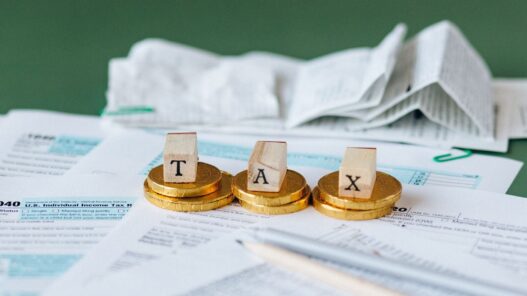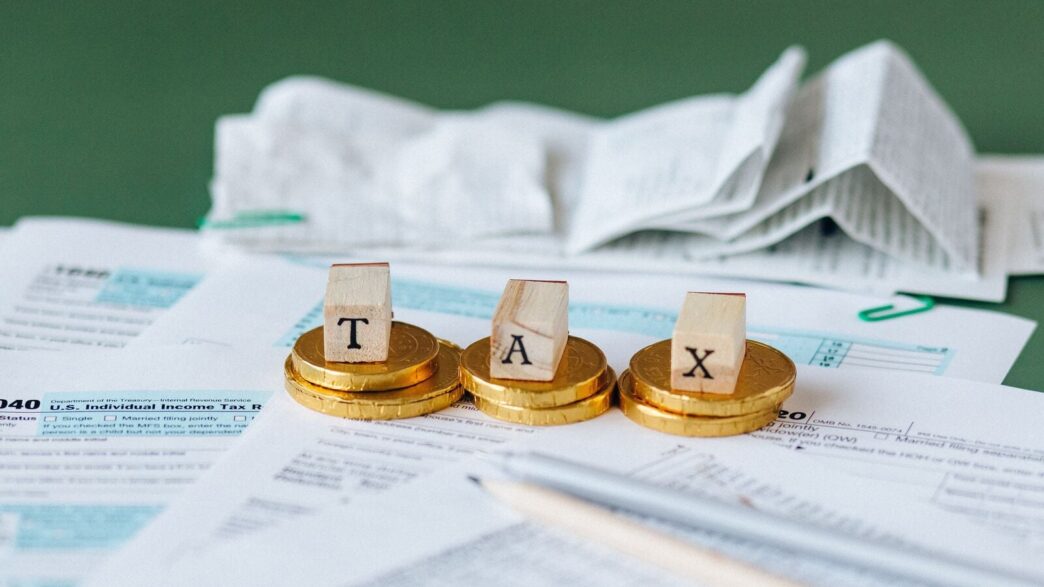This applies to payments or credits exceeding ₹20,000 on or after 1 April 2025, attracting TDS at 10%. This ₹20,000 is a combined limit for both interest and remuneration (including bonus, commission and salary). No TDS is required from the share of profits credited or paid to a partner.
Under general law, a partnership firm is not a legal entity separate from its partners—it is a group of partners. However, under income tax laws, a partnership firm is a taxable entity, taxed separately from its partners.
However, the tax liability on the profits of the firm is split into 2 parts: the interest and remuneration paid to partners are allowed as deductions to the firm while computing its taxable profits but are taxed in the hands of the recipient partners. The firm pays tax on the balance profits, and the post-tax profits are distributed tax-free to partners, since the firm has already borne the tax.
There is a cap on the remuneration and interest payable to partners, which can be claimed as a deduction. Interest in excess of 12% per annum is not deductible, and the remuneration allowable as deduction is a percentage of the book profits of the firm—90% of the first ₹3 lakh, and 60% of the balance book profits.
If the actual remuneration and interest paid are higher than the allowable amount, the excess amount disallowed to the firm will be exempt from tax in the hands of the partners, thereby avoiding double taxation.
Also read | Angel investing in India: High rewards, high risks—how to navigate the landscape
An impossible task
Most partnership firms provide in their partnership deeds for remuneration to partners as per the formula for the maximum allowable remuneration. Therefore, the actual amount of remuneration is known only after the accounts are finalized and the profit is determined at the end of the financial year.
Partners draw funds from the firm from time to time during the year, which is adjusted on finalization of accounts against their remuneration and share of profit.
The difficulty that will now arise is that TDS applies on payment or credit, whichever is earlier. When actual payment is made by the firm, it is an on-account payment against both remuneration and share of profit—the bifurcation is not known till well after the end of the year.
Would this require tax to be deducted at the time of the payment? How can the firm determine the remuneration paid and deduct TDS? This is an impossible task.
Or would TDS be required to be done only at the end of the financial year when the remuneration is determined and credited to the partner’s account?
There is no clear answer to this, and unfortunately the tax authorities may take an adverse view that TDS was not deducted at the time of payment.
Also read | Transforming innovators growth platform: India’s path to escaping the middle-income trap
Navigating the new TDS
In the absence of any clarification by the Central Board of Direct Taxes, firms could provide for a fixed quantum of remuneration payable to partners, instead of having a variable remuneration computed on the basis of a formula.
Unfortunately, there is no provision to obtain a certificate for lower TDS from the tax authorities, as is possible for other types of TDS. Given the low threshold of ₹20,000, partners with annual incomes of up to about ₹15 lakh may see a higher TDS than their actual tax liability. They would have to file for a tax refund after they file their tax return, resulting in blockage of funds.
Another complication is that if the taxable remuneration is lower than that actually paid due to lower profits, with consequent higher TDS, the partners might receive a notice asking why their income offered to tax is lower than that reflected in their TDS filing (Form 26AS).
Partnership firms are required to provide full details on their partners, including PAN details, remuneration, interest, and share of profit, in their tax returns. It is, therefore, easily possible for the tax department to verify whether the partners have filed their tax returns and disclosed the correct income from the partnership firm in their returns.
The introduction of TDS on such payments has unnecessarily increased the compliance burden on small business partnerships without any real benefit to the tax department.
Also read | Why you must protect your bank deposits and how to go about it
Gautam Nayak is a partner at CNK & Associates LLP. Views are personal.












